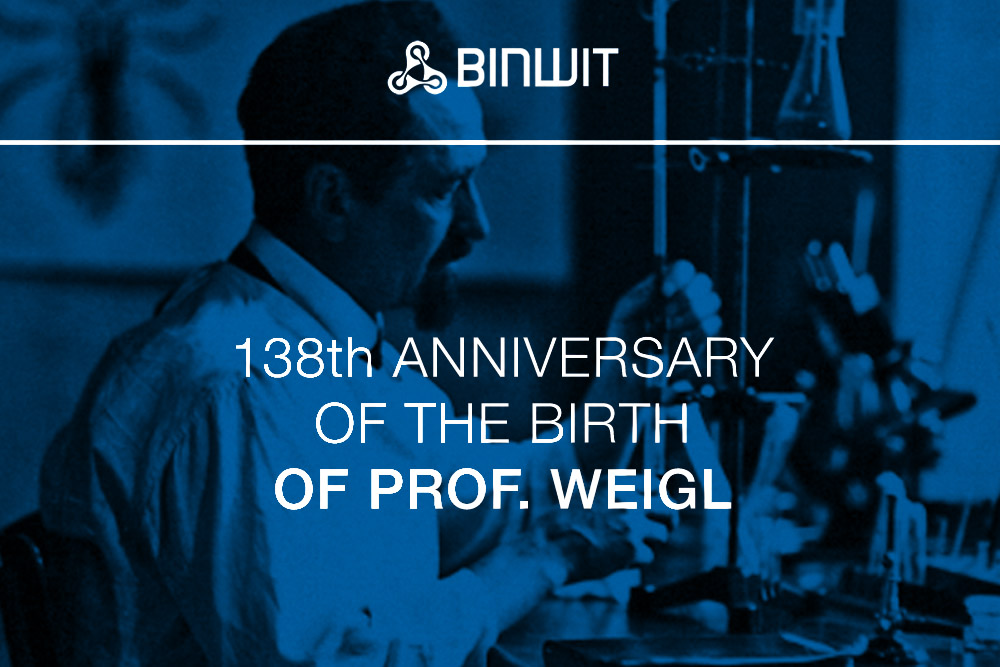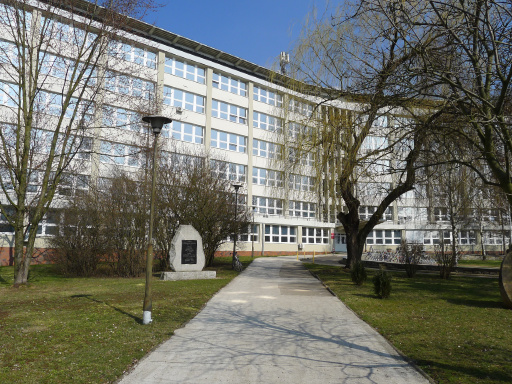
Professor Rudolf Weigl is an outstanding Polish inventor, biologist and immunologist. He was repeatedly nominated for the Nobel Prize, and scientists from all over the world came to Lvov University to learn research methods from Prof. Weigl, while at the same time deepening their biological knowledge.
In numerous sources, Professor Rudolf Weigl is described as a zoologist, parasitologist, comparative anatomist, histologist and entomologist. Weigl was a professor of biology at Lvov University, specialising in the biology and pathology of lice.
138 years ago – on 2 September 1883 – the inventor of the world’s first effective vaccine against spotted fever, Rudolf Stefan Jan Weigl, was born in Przerów. Rudolf Weigl started research on this disease and the parasites that transmit it – lice – during World War I, when he was called to the army as a parasitologist, i.e. a person who studied parasites. He then established a research laboratory at the University of Lwow, where he used lice as laboratory animals for the cultivation of typhus.
In the inter-war period, the “conqueror of typhus”, as Professor Weigl is sometimes called, also treated patients abroad, including in Abyssinia. A typhus vaccine saved the lives of many Belgian missionaries in China and thousands of Chinese citizens.
Thanks to his discovery, World War II was the first war not affected by the scourge of spotted fever.
After the war, he continued his research work at the Jagiellonian University and then at the University of Poznan. His death was sudden. He passed away on 11 August 1957 in Zakopane and was buried in the Rakowicki Cemetery in Cracow.
The street where the Ludwik Hirszfeld Institute of Immunology and Experimental Therapy of the Polish Academy of Sciences in Wrocław is located is named after Professor Weigl.






